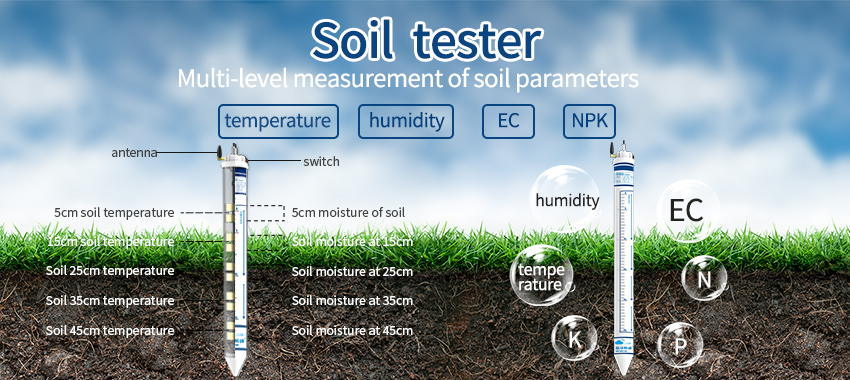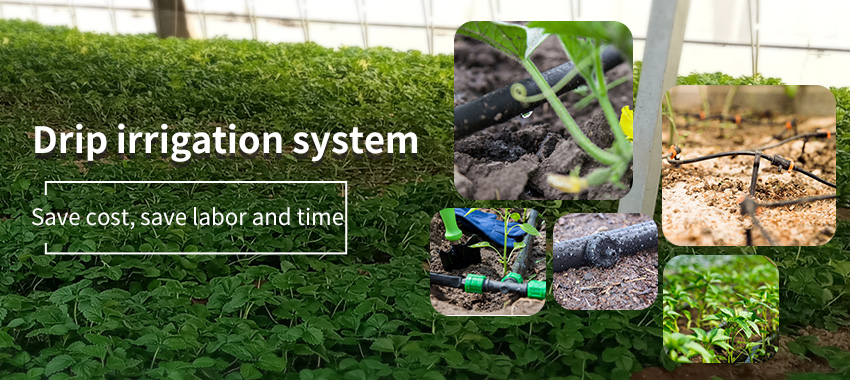Soil moisture sensor

Soil moisture sensor are devices used to measure the moisture content in the soil. They play a crucial role in managing irrigation systems, agriculture practices, and environmental monitoring. The information obtained from soil moisture sensors helps determine when and how much water should be applied, enabling efficient water use and preventing overwatering or underwatering of plants.
Components of the automatic irrigation System
The automatic irrigation system using a soil moisture sensor comprises various components, including:

a) Soil Moisture Sensor: The sensor is responsible for measuring the moisture content of the soil. It is usually connected to a microcontroller or a control unit.
b) Microcontroller or Control Unit: This unit receives the data from the soil moisture sensor, processes it, and determines whether irrigation is required.
c) Water Pump: The water pump is activated by the microcontroller or control unit to deliver water to the plants when needed.
d) Water Reservoir: The water reservoir stores the water to be used for irrigation. It can be connected to a mains water supply or a rainwater harvesting system.
e) Valves and Pipes: These components control the flow of water from the water reservoir to the plants. Valves regulate the water flow, and pipes distribute the water to various irrigation zones.
Benefits of using a soil moisture sensor
Implementing an automatic irrigation system using a soil moisture sensor offers several benefits, including:

a) Water Conservation: The system ensures water is provided to plants only when the soil moisture level drops below a certain threshold, thus minimizing water wastage.
b) Improved Plant Health: By maintaining optimal soil moisture levels, plants receive the right amount of water, reducing the risk of overwatering or underwatering.
c) Time and Energy Savings: Manual monitoring and watering are eliminated, saving time and energy for gardeners or farmers.
d) Environmental Sustainability: Water resources are conserved, and water management becomes more sustainable, especially in areas prone to drought or water scarcity.
e) Customization and Flexibility: The system can be programmed to meet the specific needs of different plant species or irrigation zones, ensuring efficient water delivery.
Future Prospects
The future of automatic irrigation systems using soil moisture sensors is promising. Advancements and ongoing research focus on the following areas:

a) Improved Sensor Technology: Development of advanced sensors that provide more accurate and reliable measurements across different soil types and environmental conditions.
b) Integration with Smart Systems: Interconnecting the irrigation system with weather forecasts, evapotranspiration data, and cloud-based applications for better water management and automated decision-making.
c) Wireless Connectivity: Enhancing system connectivity through wireless technologies, allowing remote monitoring and control of irrigation operations.
d) Data Analytics: Utilizing data analytics and machine learning algorithms to optimize water usage, predict plant water requirements, and fine-tune irrigation scheduling.
e) Water Resource Monitoring: Integrating water resource monitoring, such as rainfall, water level, or water quality sensors, to further enhance irrigation efficiency.
Conclusion
An automatic irrigation system using a soil moisture sensor is an effective solution for optimizing water usage in agricultural, horticultural, and landscaping applications. By providing water to plants based on their actual needs, these systems promote water.